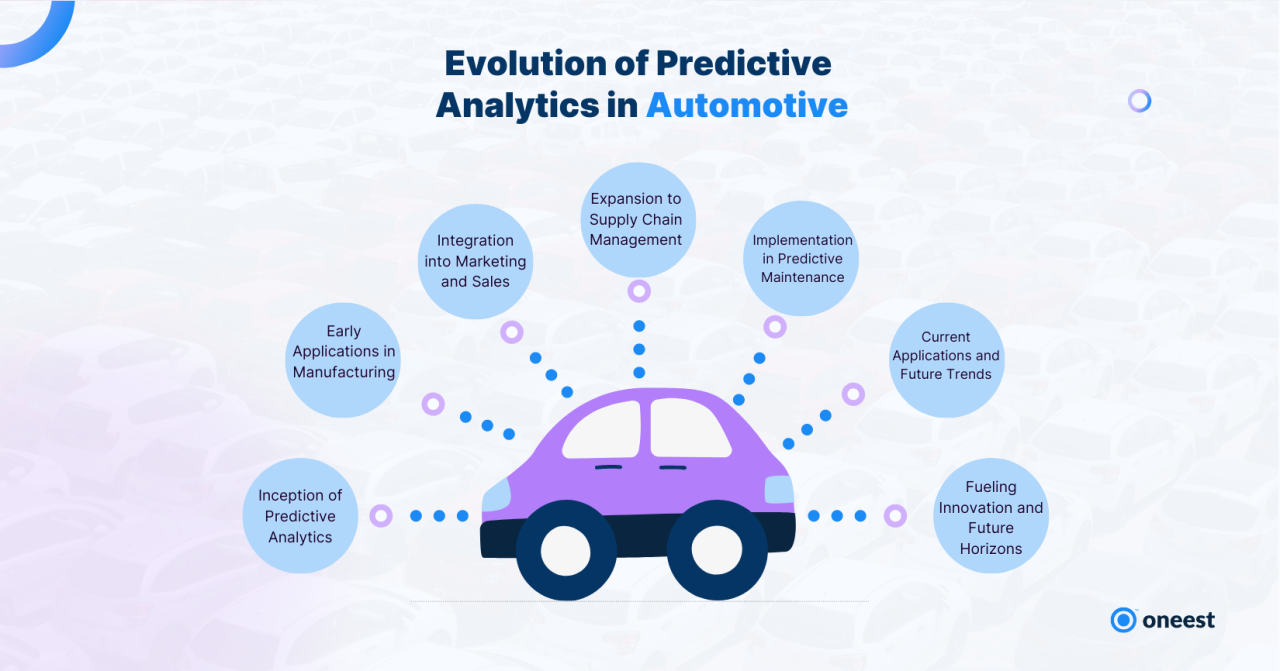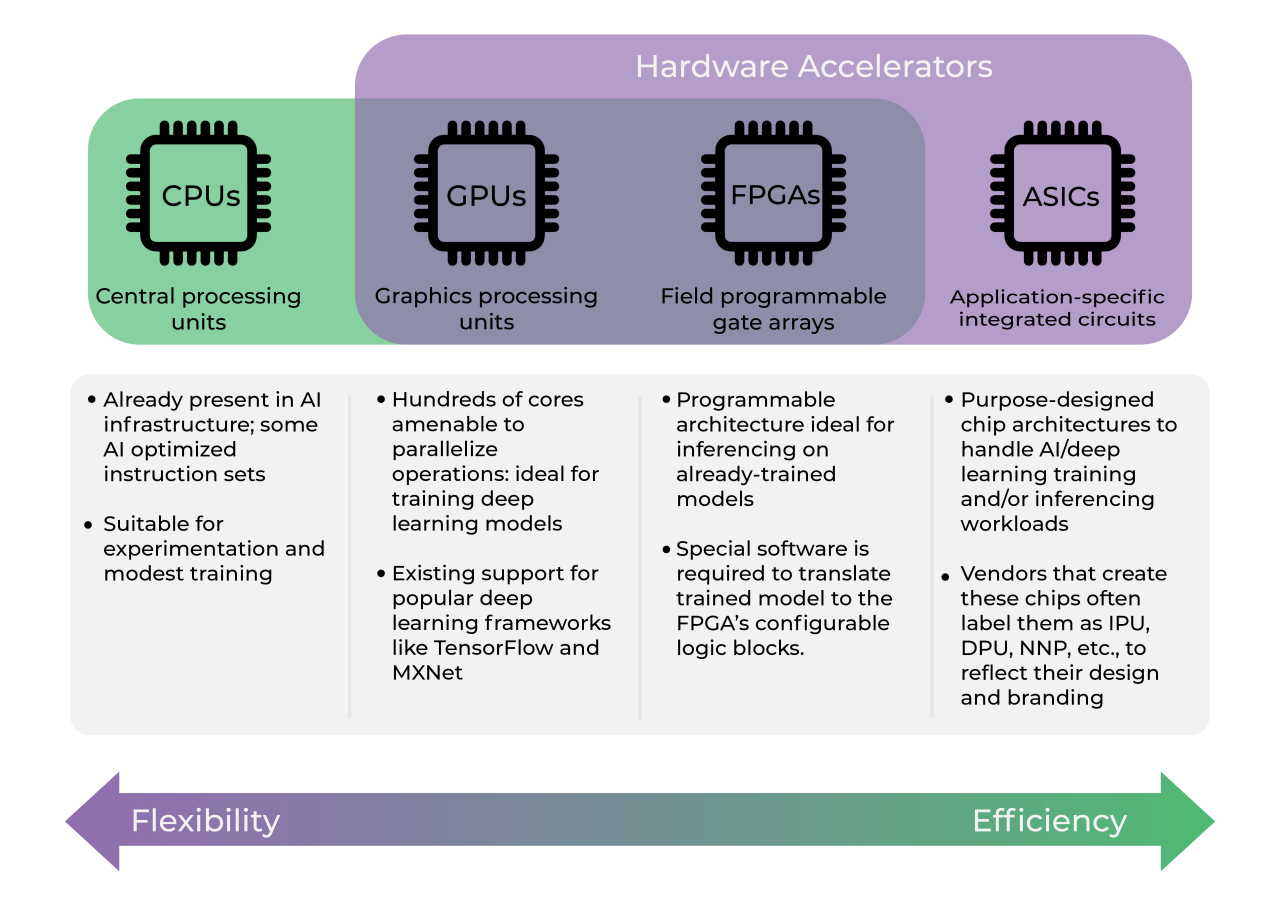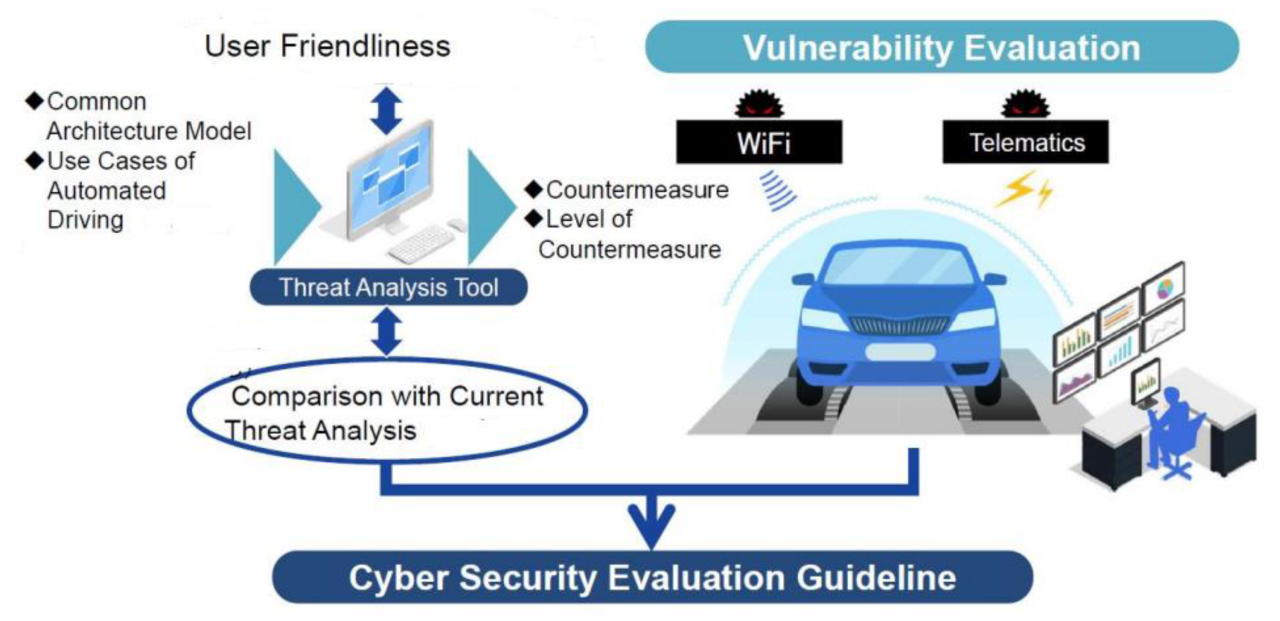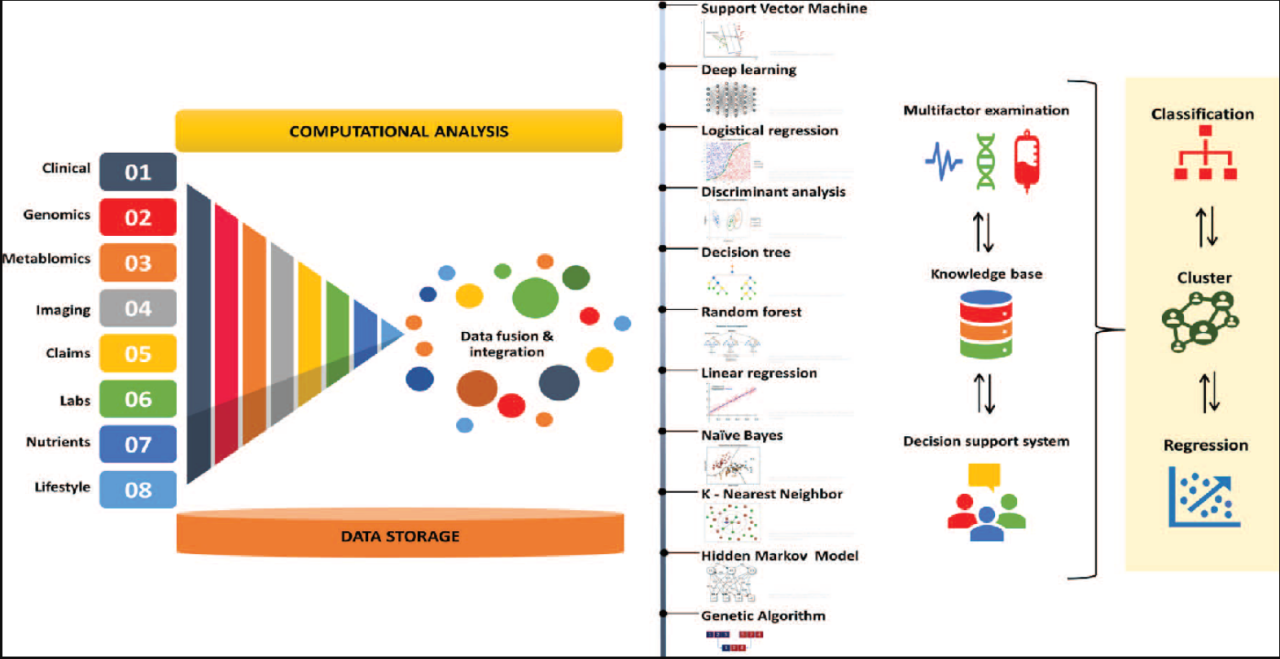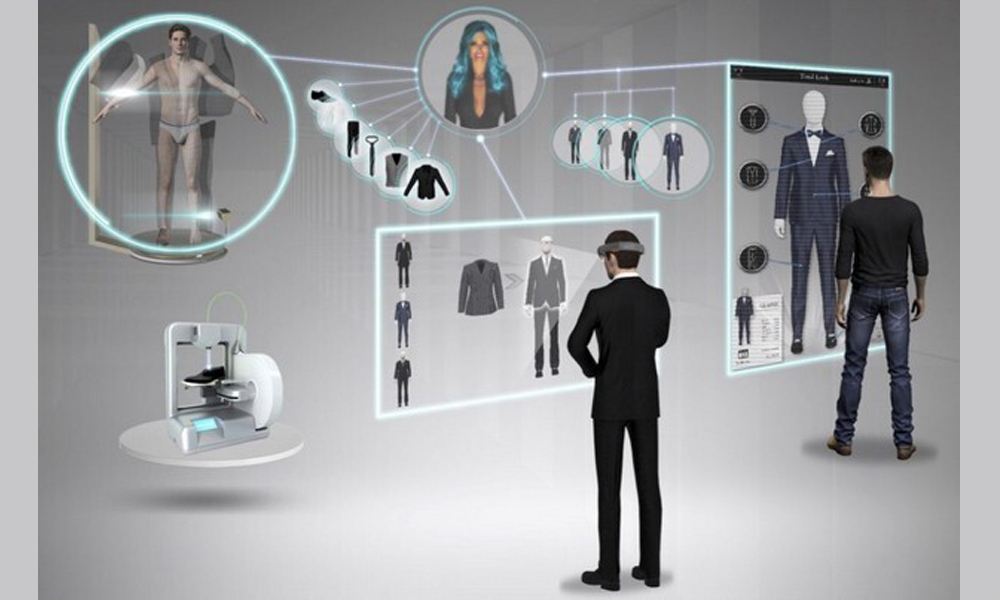Internet Of Things Applications
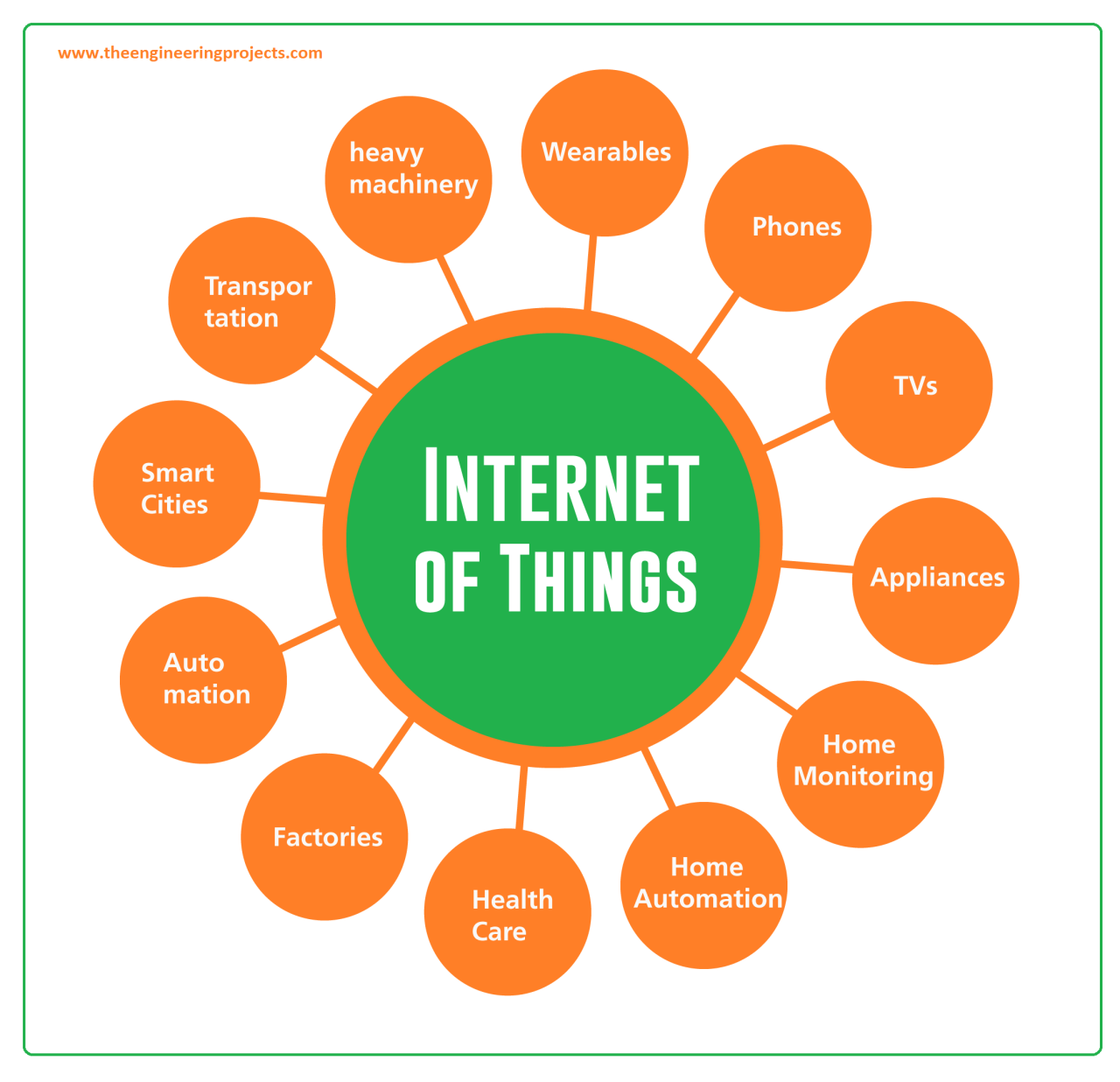
Embark on a journey through the world of Internet Of Things Applications, where innovation meets everyday life in extraordinary ways. From healthcare to agriculture, the impact of IoT is reshaping our world.
Discover the endless possibilities and benefits that IoT applications bring to various sectors, enhancing efficiency, improving outcomes, and creating a more connected future.
Overview of Internet of Things Applications
IoT applications refer to the use of interconnected devices and sensors to collect, analyze, and exchange data in various industries and daily life scenarios. These applications enable automation, efficiency, and enhanced decision-making processes.
Examples of Industries Using IoT Applications
- Smart Homes: IoT devices like smart thermostats, lighting systems, and security cameras provide convenience and energy savings.
- Healthcare: Wearable devices and medical sensors help in remote patient monitoring and personalized healthcare.
- Manufacturing: IoT sensors in machinery optimize production processes and predict maintenance needs.
- Retail: RFID tags and beacons track inventory levels and enhance customer experiences through personalized marketing.
Impact of IoT Applications on Daily Life
IoT applications have revolutionized daily life by increasing connectivity and efficiency. They have enabled smart cities with improved transportation systems and waste management. In healthcare, IoT devices have facilitated early disease detection and remote consultations. Additionally, IoT applications have enhanced safety and security in homes and workplaces through smart surveillance systems and access control mechanisms.
IoT Applications in Healthcare
The integration of Internet of Things (IoT) technology in healthcare is revolutionizing the way medical services are delivered, monitored, and managed. By connecting medical devices and systems to the internet, healthcare professionals can access real-time data, improve patient care, and enhance treatment outcomes.
Benefits of Using IoT in Medical Devices and Patient Monitoring
- Remote patient monitoring: IoT devices allow healthcare providers to remotely monitor patients’ vital signs and health parameters, enabling early detection of any abnormalities or changes in condition.
- Improved accuracy and efficiency: IoT-enabled medical devices provide accurate data collection and analysis, reducing human error and streamlining processes for healthcare professionals.
- Enhanced patient engagement: Patients can actively participate in their own care by using wearable IoT devices to track their health metrics and communicate with healthcare providers.
- Predictive analytics: IoT applications can analyze large datasets to predict potential health issues, allowing for preventive measures to be taken before serious complications arise.
IoT Applications Improving Patient Care and Outcomes
- Personalized treatment plans: IoT technology enables healthcare providers to tailor treatment plans based on individual patient data, improving the effectiveness of interventions and reducing treatment times.
- Efficient resource allocation: By monitoring patient data in real-time, healthcare facilities can optimize resource allocation, reduce wait times, and enhance overall patient satisfaction.
- Enhanced communication and collaboration: IoT platforms facilitate seamless communication among healthcare teams, leading to improved coordination of care and better patient outcomes.
- Reduced healthcare costs: Through remote monitoring and early intervention, IoT applications can help prevent hospital readmissions and reduce healthcare costs associated with unnecessary visits or procedures.
Smart Home Applications of IoT
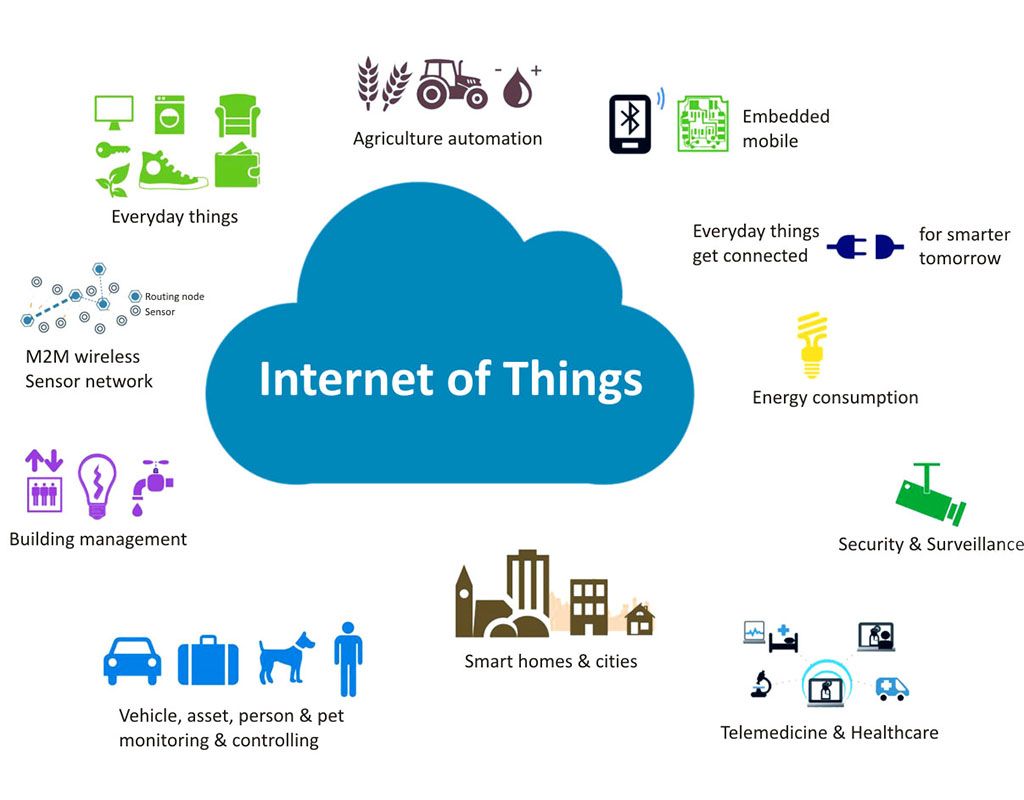
IoT technology has revolutionized the way we interact with our homes, making them smarter and more efficient. By incorporating IoT devices into home automation systems, homeowners can enjoy convenience, energy savings, and enhanced security.
IoT Devices in Smart Homes
- Smart Thermostats: Devices like Nest Learning Thermostat adapt to your schedule, saving energy and providing optimal comfort.
- Smart Lighting: Systems such as Philips Hue allow users to control lighting remotely, set schedules, and create ambiance.
- Smart Locks: With products like August Smart Lock, homeowners can lock and unlock doors using smartphones, grant access to guests, and monitor activity.
- Smart Security Cameras: Devices like Ring Video Doorbell offer real-time monitoring, motion detection, and two-way communication.
Advantages of IoT in Home Appliances and Security Systems
- Convenience: IoT devices enable remote control and automation of various home functions, making life easier for homeowners.
- Energy Efficiency: Smart thermostats and lighting systems optimize energy usage, resulting in cost savings and reduced environmental impact.
- Enhanced Security: IoT-powered security cameras, locks, and sensors provide real-time alerts, monitoring, and peace of mind for homeowners.
- Customization: Smart home devices can be personalized to fit individual preferences and routines, creating a tailored living experience.
Industrial IoT (IIoT) Applications

IoT plays a crucial role in industrial settings by revolutionizing the way businesses operate and manage their processes. It involves the use of interconnected devices and sensors to collect and exchange data, enabling better decision-making and optimization of operations.
Enhancing Efficiency in Manufacturing Processes
Industrial IoT enhances efficiency in manufacturing processes by providing real-time insights into production operations. By monitoring equipment performance and analyzing data, businesses can identify inefficiencies, reduce downtime, and improve overall productivity. This leads to cost savings and increased competitiveness in the market.
- Implementing predictive maintenance strategies based on IIoT data helps businesses anticipate equipment failures before they occur, minimizing unplanned downtime and costly repairs.
- Automation of tasks through connected devices and smart sensors streamlines production processes, ensuring consistent quality and reducing human error.
- Optimizing resource utilization by monitoring energy consumption, raw material usage, and inventory levels leads to efficient production and reduced waste.
Impact on Predictive Maintenance and Asset Tracking, Internet Of Things Applications
The implementation of IIoT in industrial settings has a significant impact on predictive maintenance and asset tracking. By collecting and analyzing data from sensors embedded in equipment, businesses can proactively address maintenance issues and ensure the optimal performance of assets.
Predictive maintenance using IIoT data can reduce maintenance costs by up to 30% and extend the lifespan of equipment by 20%.
- Real-time monitoring of asset health and performance allows businesses to schedule maintenance activities based on actual usage and condition, rather than fixed intervals.
- Asset tracking through GPS and RFID technology enables businesses to locate and manage inventory, equipment, and vehicles more effectively, leading to improved operational efficiency and reduced losses.
- Data-driven insights from IIoT analytics help businesses make informed decisions about resource allocation, process optimization, and strategic planning, leading to improved performance and competitive advantage.
IoT Applications in Agriculture
IoT technology is revolutionizing the agricultural industry by providing innovative solutions to improve efficiency, productivity, and sustainability. Through the use of sensors, data analytics, and automation, IoT applications in agriculture are transforming traditional farming practices.
Precision Farming
Precision farming, also known as precision agriculture, is a key application of IoT technology in agriculture. By utilizing IoT sensors and devices, farmers can monitor and manage their crops with unprecedented precision. These sensors collect data on soil moisture levels, temperature, humidity, and nutrient content, allowing farmers to make informed decisions about irrigation, fertilization, and pest control. This data-driven approach enables farmers to optimize resource utilization, reduce waste, and maximize crop yield.
- IoT sensors can help farmers monitor crop health in real-time, detecting early signs of disease or nutrient deficiencies.
- By using IoT-enabled drones or tractors, farmers can efficiently survey large fields, identify problem areas, and target interventions where they are needed most.
- IoT technology enables the automation of irrigation systems, adjusting water delivery based on real-time data to avoid overwatering or underwatering crops.
IoT applications in precision farming have the potential to revolutionize agriculture by increasing productivity, reducing costs, and minimizing environmental impact.
FAQ Section
How do IoT applications impact daily life?
IoT applications enhance convenience, efficiency, and connectivity in various aspects of daily life, from smart homes to wearable devices.
What are some examples of IoT devices used in smart homes?
Smart thermostats, security cameras, and voice-controlled assistants like Amazon Echo are common IoT devices found in smart homes.
How does IoT technology benefit the healthcare industry?
IoT technology in healthcare improves patient monitoring, enables remote consultations, and enhances the accuracy of medical diagnoses.
What is the role of IoT in industrial settings?
In industrial settings, IoT optimizes processes, enables predictive maintenance, and enhances overall efficiency in manufacturing operations.
How is IoT technology utilized in agriculture?
IoT technology in agriculture aids in precision farming, monitors crop conditions, and optimizes resource utilization for improved yields.
